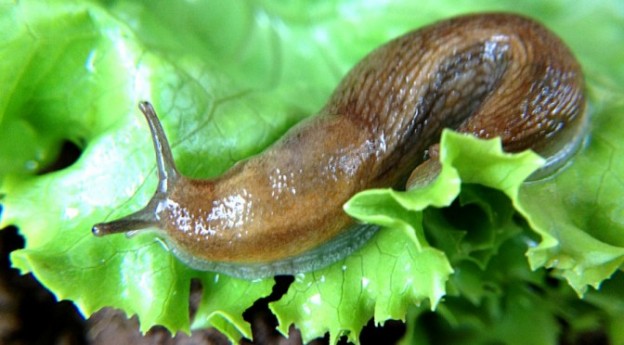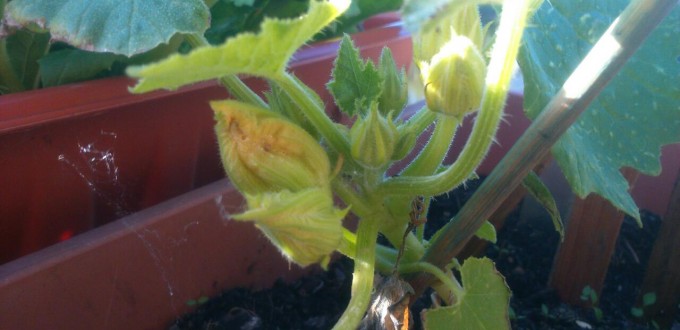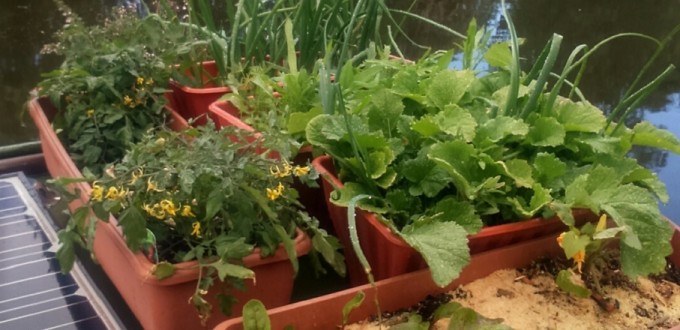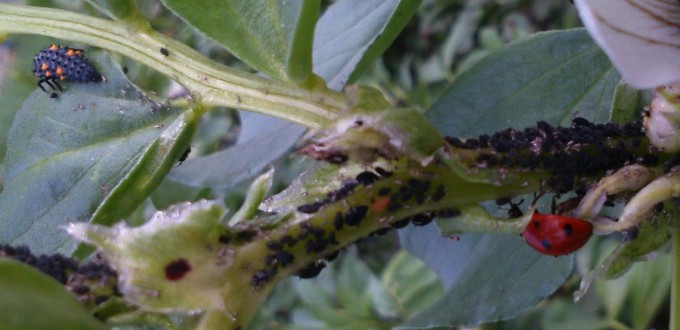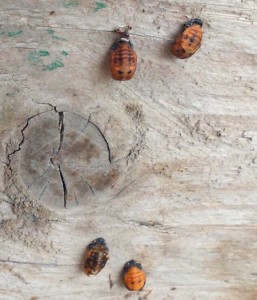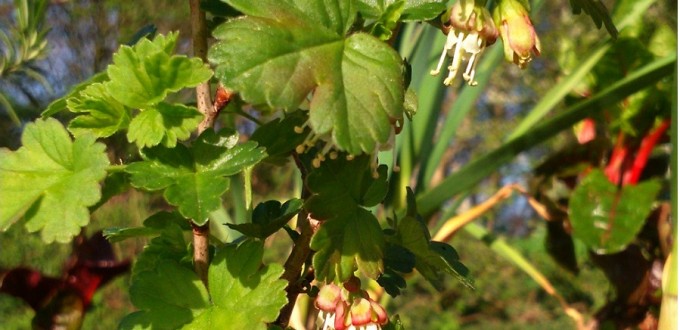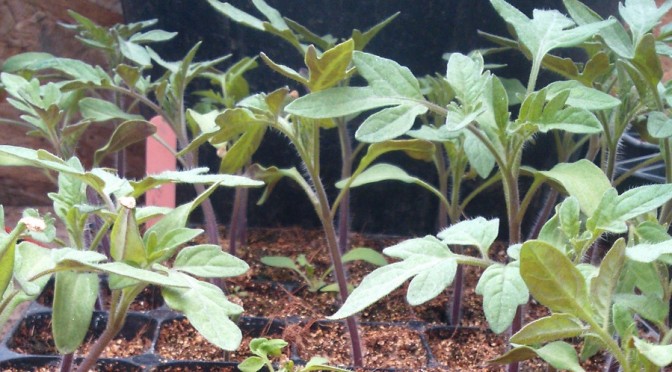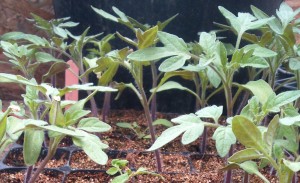It’s the time of year when our gardens are starting to really come into their own. Our delicate seedling are full of vigor and the promise of harvest is within sight, we know it and so do the slugs.
Slugs. Grotesque, slimy, and capable of completely devastating your plot. It’s enough to dishearten even the most dedicated and have them reaching for a spray bottle. There are multiple reasons I won’t use chemicals, but I don’t want to get political.
As an organic gardener, I am always looking for ways to improve my soil. Chemical pesticides and fertilizers may offer a short period gain but ultimately leave our soil poorer. But how do we “win” against slugs without turning to chemicals?
Pick them off. For those with small plots of vegetables and time, a daily commitment to checking each plant is an ideal solution. Taking time for a daily inspection and removal and disposal will keep slugs in check, but this may not be practical if you’re short of time or if your garden is larger than a few meters.
Mulch. A slug is a delicate creature. It has a soft underbelly and will avoid crossing any mulch that is rough and irritating. I ring of mulch of moderately abrasive material such as diatomaceous earth. I suggest 10 cm wide and at least 1cm thick as an effective barrier, or rough bark mulch. You’ll need to ensure you keep it topped up of course, but weekly inspections should suffice. Mulch should not come in contact with the plant, try to leave a good few centimeters circle empty around each stem. I like this method because along with creating a barrier it also helps keep moisture in the soil.
Provide shelter. Slugs do most of their damage at night. During the day a slug will look for refuge. By placing an piece of untreated board at both ends of your garden row, and one in the middle if the row is long, you’ll encourage the slugs to use this as a daytime refuge. This doesn’t stop them from eating your plants, but it does make collection an disposal quite easy and quickly puts a dent in the number of slugs feasting on your patch . Simply lift the board each morning and remove the slugs below. A upside down empty grapefruit skin in the same positions also works.
Many a gardener has heard about the effective use of copper in deterring slugs. Every year I hear people talking about copper and pennies. Copper tape, if thick enough may certainly do the trick. My experience is adhering it and ensuring it doesn’t get accidentally covered over by soil, (and thus ineffective), can be laborious, it’s also quite expensive. Pennies unfortunately, have not contained enough copper to work as cheap substitute for a very long time. My advice is to forget about copper and do two or even all three of the above for success.
Photo from http://www.allaboutslugs.com
This was originally posted on EatinsCanada
